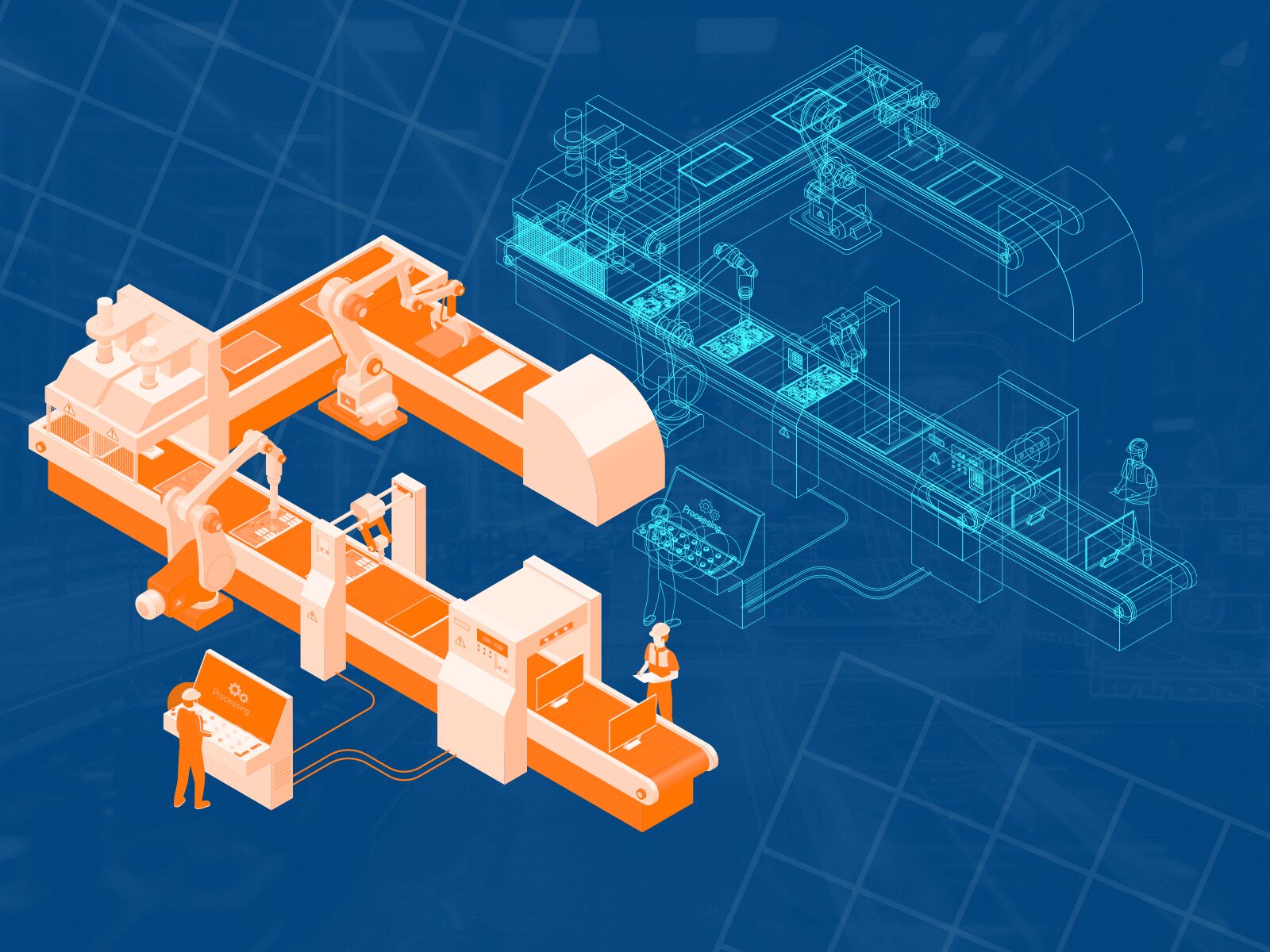From Smart to Virtual: The Evolution of IoT in Manufacturing

The manufacturing industry has undergone a remarkable transformation over the past century, driven by continuous innovation. From the introduction of lean manufacturing in the early 1900s with its focus on efficient assembly lines and specialised machinery, to the rise of the "smart factory" in the 2000s, which embraced connected devices and automation for enhanced efficiency and predictive maintenance, the industry has consistently embraced cutting-edge technologies.
The next phase of this evolution is poised to be even more transformative, with the emergence of the "virtual factory" â a digital space powered by advanced technologies like digital twins and immersive experiences, enabling unprecedented levels of optimisation and risk mitigation.
To navigate this rapidly evolving landscape, manufacturing companies need to be well-versed in the latest trends, pitfalls, and best practices associated with the Internet of Things (IoT). This article explores these key aspects, delving into the definition of IoT, analysing current trends in manufacturing, examining the challenges faced by manufacturers, and offering practical recommendations for successful implementation.
#
Understanding the Internet of Things (IoT)
The Internet of Things (IoT) refers to a network of physical objects embedded with sensors and software that exchange data over the internet. These "things" can range from everyday household objects to sophisticated industrial tools, all interconnected and communicating to facilitate data collection and analysis.
#
The Impact of IoT in Manufacturing
In the manufacturing industry, IoT typically manifests in the form of industrial robots and machinery on the factory floor. These advanced connected devices require frequent software updates, making them increasingly vulnerable to cyberattacks and placing a greater burden on management teams.
The integration of IoT marks a pivotal step in the ongoing innovation of the manufacturing industry, shifting the landscape from lean manufacturing to smart factories and now to virtual factories.
#
Key Market and IoT Technology Trends in Manufacturing
Several key trends are driving the evolution of manufacturing towards a more digital and virtual future:
Accelerated Digital Transformation: Manufacturing is moving beyond the "smart factory" and embracing the "virtual industrial metaverse," utilising immersive technologies like augmented reality (AR) and virtual reality (VR). Manufacturers are transitioning from simply collecting big data to leveraging its power through AI and ML for enhanced insights and decision-making.
AI-Powered Devices, Sensors, and Robotics: According to Gartner, by 2028, smart robots are expected to outnumber frontline workers in manufacturing. This trend is fuelled by increasingly complex software running on devices, coupled with embedded machine learning (ML) models. This requires more frequent updates for these "things", increasing the complexity of device management.
Cybersecurity Challenges: Manufacturing is a prime target for cyberattacks, with software vulnerabilities being the second most common attack vector, accounting for approximately 24% of all incidents. To combat these threats effectively, manufacturers must prioritize software curation and robust software supply chain security practices.
Cloud-Based Manufacturing: Manufacturers are increasingly adopting cloud-based solutions, embracing Software-as-a-Service (SaaS), containerizing software for scalability, and enhancing security strategies. They are also gravitating towards cloud-agnostic software to reduce vendor lock-in.
Intelligent Edge: Computer vision systems and autonomous robotics generate vast amounts of multi-dimensional data. Gartner predicts that by 2025, over 50% of enterprise data will be created and processed at the edge, outside centralized public cloud locations.
Digital Twin Technology: Enabling Virtual Factories: A digital twin is a virtual replica of physical objects or systems, allowing manufacturers to simulate scenarios, create virtual prototypes, and conduct virtual testing. While digital twins offer significant potential, over 70% of businesses currently lack a digital twin strategy for their IoT devices.
#
Addressing the Pain Points of IoT in Manufacturing
The rapid evolution of IoT presents manufacturers with several key challenges:
Slow and Costly Time-to-Market: The increasing software-driven nature of edge devices leads to more frequent software updates, introducing operational challenges and additional costs. Updating devices that are difficult to access due to their physical location or lack of external IP addresses can be particularly complex and expensive.
Security Risks: The increased frequency of updates increases the vulnerability of devices to security threats. Managing and monitoring software on edge devices is crucial, particularly in critical environments like manufacturing lines, vehicles, and aircraft, where failures can have severe consequences.
Operational Limits and Inefficiencies: The diversity of device vendors makes device management more challenging for manufacturers. Gaining comprehensive visibility into their device fleet, including identifying updated devices and the software running on each, is essential. Digital twins can provide detailed software representations, aiding in addressing security and operational needs. A lack of clear software inventories or a unified Software Bill of Materials (SBOM) complicates the management and security of software.
#
Navigating the Future of Manufacturing & IoT
To effectively navigate the evolving landscape of IoT in manufacturing, companies must embrace a holistic approach that addresses these challenges. One of the most effective strategies is adopting a universal platform for managing IoT software releases. This helps streamline operations, enhance security, and ultimately position manufacturers for continued success in this dynamic environment.
The future of manufacturing is undoubtedly intertwined with IoT, demanding a strategic and proactive approach. By staying ahead of trends, addressing security concerns, and streamlining operational processes, manufacturers can harness the power of IoT to propel their businesses towards a more efficient, secure, and competitive future.





